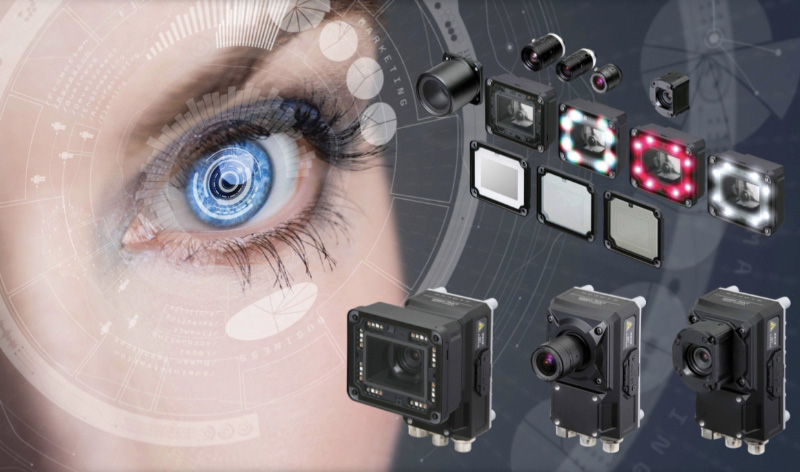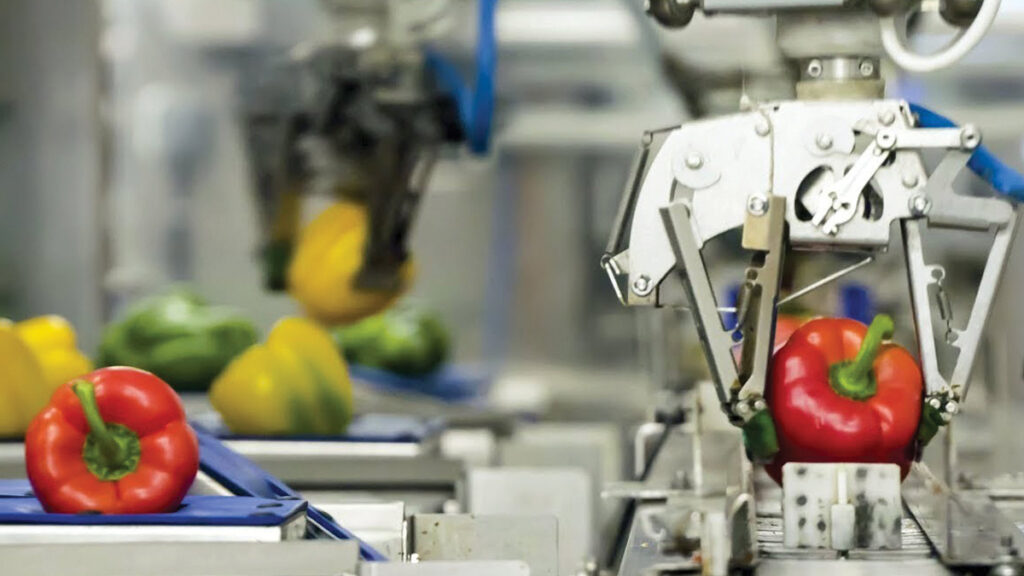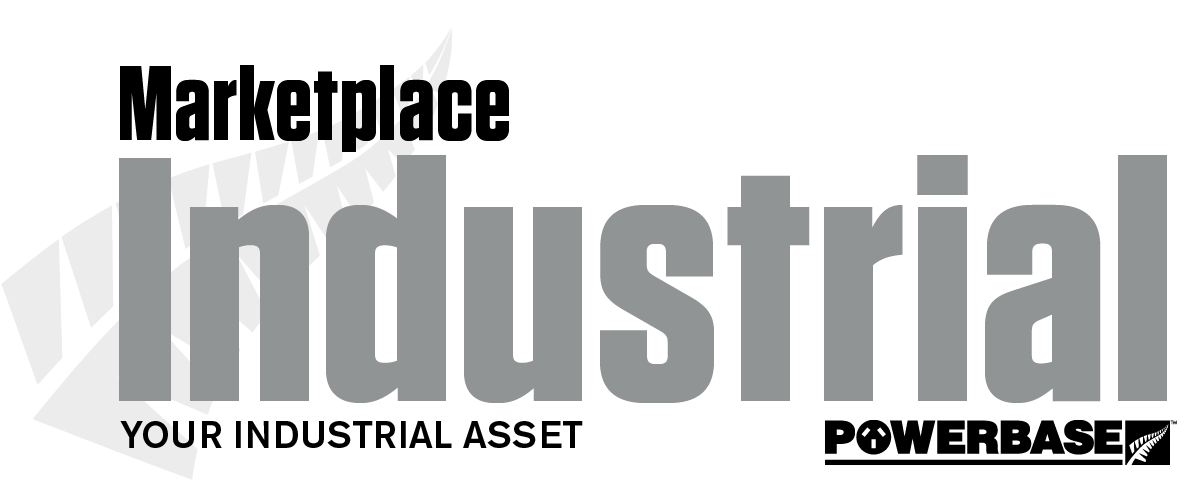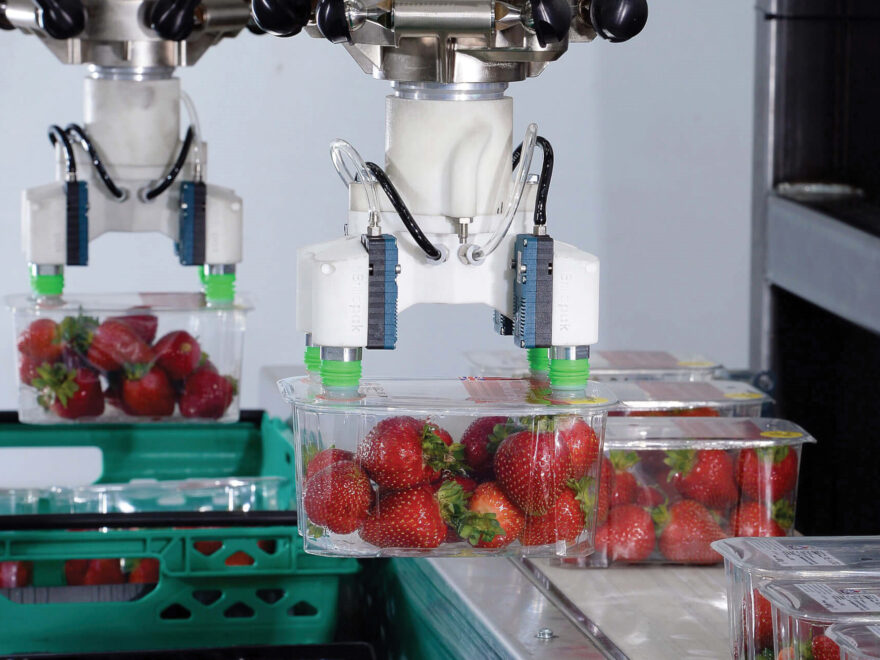– and protect your brand
Machine vision technology is taking on an increasingly important role in traceability within primary produce supply chains.
More primary producers globally are recognising that traceability is an extremely effective way to maintain complete product integrity.
Vision inspection includes a wide variety of functionality such as detecting defective products in real time and performing both OCR and OCV to verify that the data on labels and packages adds up. By functioning as a complete solution for ensuring that non-conforming products don’t go out into the market, vision systems are vital for brand protection.
Most primary producers see two major hurdles in implementing a machine vision system.
Firstly, they are often expensive to install. Secondly, the complexity of the technology can overwhelm operators, as many applications require special programming.
But did you know that a single product recall or fine can cost more than the total investment in a state-of-the-art machine vision inspection system?
And despite a proven ROI (Return on Investment), many primary producers still avoid machine vision technology due to its apparent complexity.
The avoidance of unwanted complexity isn’t just a deterrent to using machine vision – it’s often a reason why manufacturers forego upgrading their traceability systems in any way.

Companies want traceability to be easy
Because implementing a new system seems inordinately complex, many manufacturers prefer to stick with cumbersome and error-prone record keeping methods that rely on manual processes. It’s understandable that companies want traceability to be easy.
However, failing to upgrade the system with automation leads to more work in the long run.
Manual record keeping is far more widespread in the food and beverage packaging industry than it should be, especially when one considers the huge costs associated with certain types of mistakes.
Unfortunately, not all companies have the budget to invest in good traceability software. Budgetary constraints and the fact that traceability solutions need to be scalable are major barriers to automating the system.
Though often perceived to be challenging and somewhat expensive at the outset, a robust traceability system is the single most important means of complying with industry regulations and reducing the incidence and cost of recalls.
Omron offers high-end, full vision systems with a focus on ease of use.
For example, our FH Series vision system featuring the FHV7 smart camera, enables high-speed, high-accuracy inspection and measurement functionality.
The FHV7 smart camera is an ideal automation solution for higher performance requirements in industries like food and beverage packaging.
FH Series machine vision systems employ sophisticated lighting that clearly shows defects by flexibly changing illumination colours and angles. Multiple cameras can be hooked up to enable panoramic shooting and expand the field of view by combining images at high speeds.

Using traceability to analyse and optimise productivity
As well as helping companies avoid recalls and other disruptions to their profitability, traceability systems are also a great way to optimise processes and evaluate overall equipment effectiveness (OEE).
Processing all the data coming from a traceability system can significantly lengthen the production cycle time.
By collecting and analysing operational data, manufacturers can determine which machines are under-performing and pinpoint precisely where bottlenecks
are occurring in production.
You need controllers that can maintain high-speed control while handling all the information a traceability system provides.
Controllers such as Omron’s NX1 are specifically designed to collect large amounts of traceability data without slowing down the production cycle.
For example, the NX1 controller can be used for a packaging machine with the capability of handling 1,000 products per minute and can collect all traceability data in synchronisation with the production cycle while performing motion control.
This means traceability won’t slow down other aspects of production while collecting important data.
Easy to use solutions
 Automated traceability should not only be within the reach of a company’s budget, it must also comply with current industry requirements, including strict safety standards.
Automated traceability should not only be within the reach of a company’s budget, it must also comply with current industry requirements, including strict safety standards.
Omron, a global leader in automation, puts ease of use at the core of its machine vision technology.
The company has extensive knowledge of how traceability works in a variety of industries.
It can provide comprehensive solutions with complete line integration, so that primary producers can rest assured that the upgraded system will work reliably and efficiently.
Omron’s traceability solutions address various pain points now facing NZ primary producers.
That means primary producers don’t have to rely on “experts” to get systems up and running. Omron’s machine vision solutions come with a user interface that’s incredibly easy to use.

To learn more visit: https://store.omron.co.nz/category/quality-control-inspection


